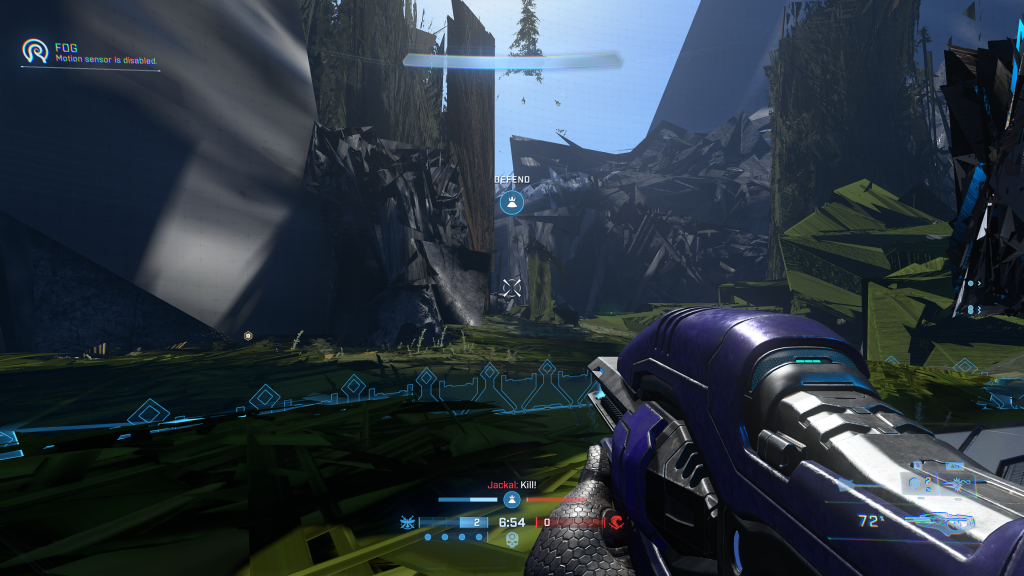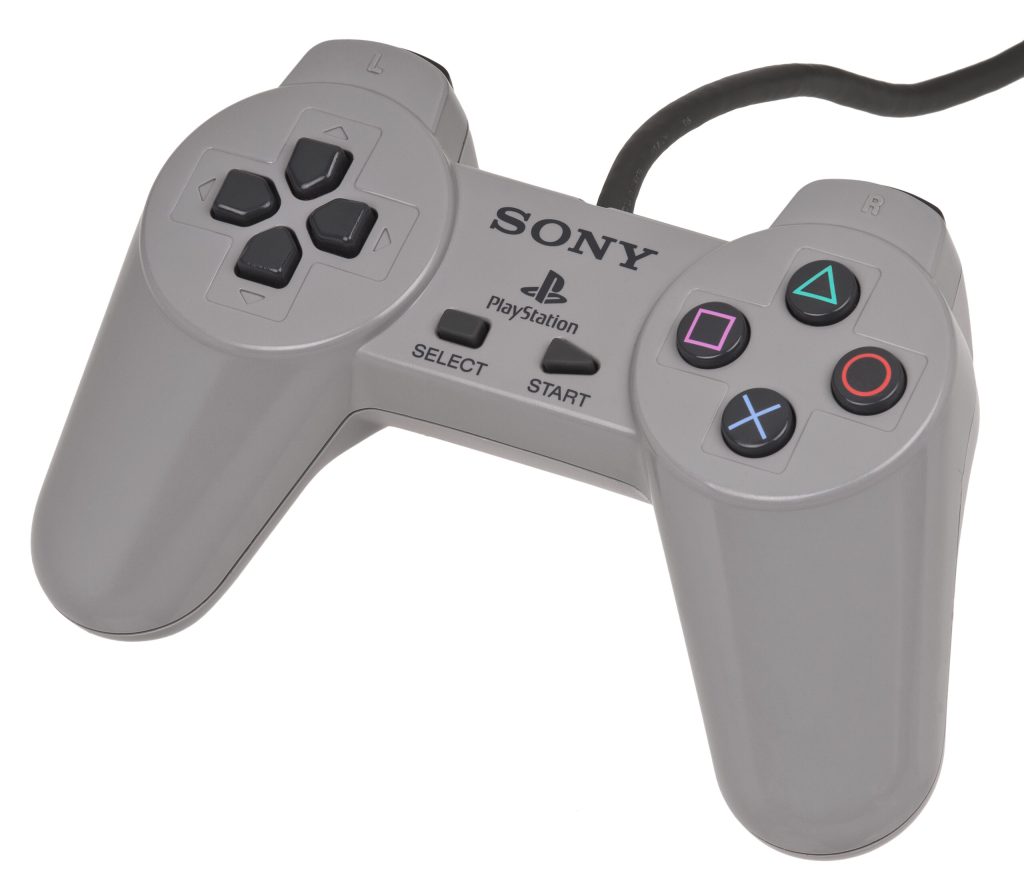
I don’t know if you’ve noticed, but a lot of AAA-games have started to homogenize into a certain formula: open-world design with light RPG elements driven by a loot-based gameplay loop, and topped off with live service monetization.
There’s a lot to be said about each of those things, both good and bad, but I want to look at things a bit more broadly. These games tend to have a high level of mechanical polish. That’s not to say they launch without issues, but the core gameplay loop is generally solid.
For instance, Halo Infinite’s multiplayer launched with a minimal amount of content, but the mechanical act of moving around the map and getting into gunfights was really good—I would say the best in the series history. That’s the kind of polish I’m talking about.

The mechanical act of playing games has (arguably) never felt so good, so why do a lot of new games feel so… empty? It’s like the experience is overly smooth to the point where the experience just washes over you.
This really came into focus since I’ve started working through older games in my backlog. I’m a big fan of revisiting older games both to see what we can learn from them in terms of game design, and to see how they’ve held up. With the release of the Tomb Raider remasters, I finally decided to fire up Tomb Raider and try it out.
Tomb Raider was an early 3D game, originally launching in 1996, before controllers had dual analog sticks. As such, the platforming controls were designed around certain limitations, and those limitations no longer exist today.

Nowadays, climbing and platforming is usually standardized to the Assassin’s Creed style: push forward on the stick while holding the climb button.
1996’s Tomb Raider was a bit more… nuanced, shall we say? Looking back, it’s clunky and not very intuitive. But there’s something I find really interesting about the controls. They are extremely distinct in how they feel. There’s a certain level of trust it gives the player that more polished games aren’t willing to give. Where modern games just sort of let you move in the general direction you want to go, usually in a quasi-predetermined fashion, Tomb Raider lets you be the judge of whether or not you’ll be able to make the jump.
To put it lightly, Tomb Raider’s controls are rough around the edges. But there’s a bigger lesson to take away from this beyond a discussion about controls. The edge defines the cut, and an overly polished edge has no bite.
I’m not asking developers to be intentionally sloppy with gameplay design choices, but I am asking them to be unafraid in really trying something different.
There’s something to be said for creating a memorable experience, and I’d rather have a memorable game that might age poorly over hours spent with a game that pass without anything worth talking about.
Header image courtesy of Aspyr Media
If you want to hear more of my semi-coherent ramblings, be sure to sign up for my newsletter:
